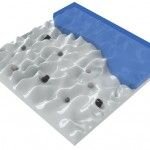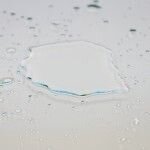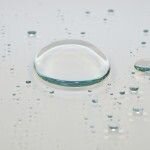ajarnfalang
Member
- Joined
- Aug 27, 2013
- Messages
- 104
- Reaction score
- 6
I bought a screen protector for my original Droid and found it to be a waste of money. I took it off and never bought another one, nor will I ever. This is my third Droid (Og, Bionic and now the Maxx) Total waste of money.
Hahahah!
Ok. You win
DON'T BUY SCREEN PROTECTORS. You hear that everyone? It's a waste. Phones never scratch. Screens now are scratch proof. Don't feel like you are risking having to spend hundreds replacing a scratched screen.
That's the funniest post ever. Especially on this thread. Hahahah! I like you.
Hey. Tell me if this sounds familiar:
1) I have never put a screen protector on my razr Maxx, zero scratches, it has been dropped, landed face first, with no scratches.
You know who posted that? This guy:
After a few days of use I appear to have several small scratches on my screen
AHAHAHAHAHAHA!!!!!


